Biography
Richard Pousette-Dart (1916-1992)
A first generation member of the New York School of Abstract Expressionism, Richard Pousette-Dart was included in many of their earliest exhibitions including at the Peggy Guggenheim Art of this Century Gallery in New York, the Venice Biennale in 1948 and the Museum of Modern Art’s 1949 exhibition, “Contemporary American Painters.”
During the early 1950s, his work received much praise when Abstract Expressionism was at the height of its popularity. “He was also included in the infamous Life Magazine ‘Irascibles’ group photograph of the New York School, an image that would forever link him with that group of mid-century painters in New York that changed the course of the artworld.”
He was born in St. Paul, Minnesota and was largely self taught as an artist, although he learned from his father, artist and writer Nathaniel Pousette-Dart. He graduated from the Scarborough School, Scarborough-on-Hudson, New York in 1935, and the next year attended Bard College in Annandale-on-Hudson, New York.
In the late 1930s, he developed a clean-edged style combining Cubist shapes with Surreal imagery. And then in the 1940s, his canvases became biomorphic and cluttered and moved into Abstract Expressionism with work that focused on philosophical issues such as the hidden meaning of life. For him, it was a turning away from process-oriented gestural painting. Expressing his new frame of mind, he said: “Art is always mystical in its final meaning. . . Painting is a spark from an invisible, pointless central fire.” (Herskovic 266)
Richard Pousette-Dart was also an art educator, holding teaching positions in New York City at the New School for Social Research (1959 to 1961); the School of Visual Arts in New York City (1964); Columbia University (1968 to 1969); Art Students League (1980-1981); and in Bronxville, New York at Sarah Lawrence College (1970-1974).

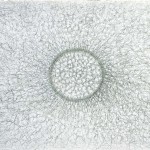 Untitled
Untitled
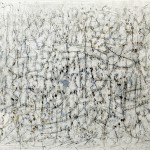 Ramapo Mountains
Ramapo Mountains
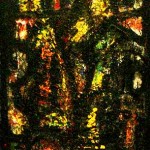 Untitled
Untitled
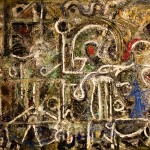 Window
Window
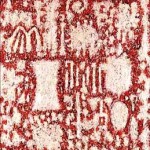 Untitled
Untitled
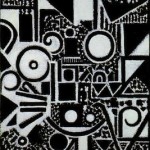 Untitled
Untitled
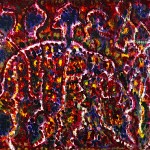 The Ocean is My Easel (Contuit)
The Ocean is My Easel (Contuit)